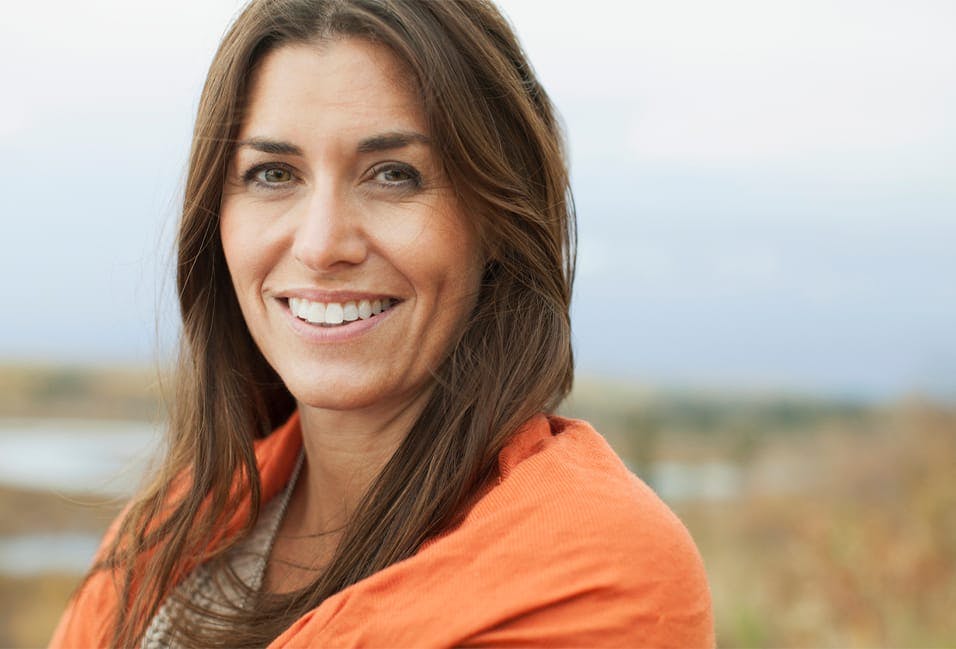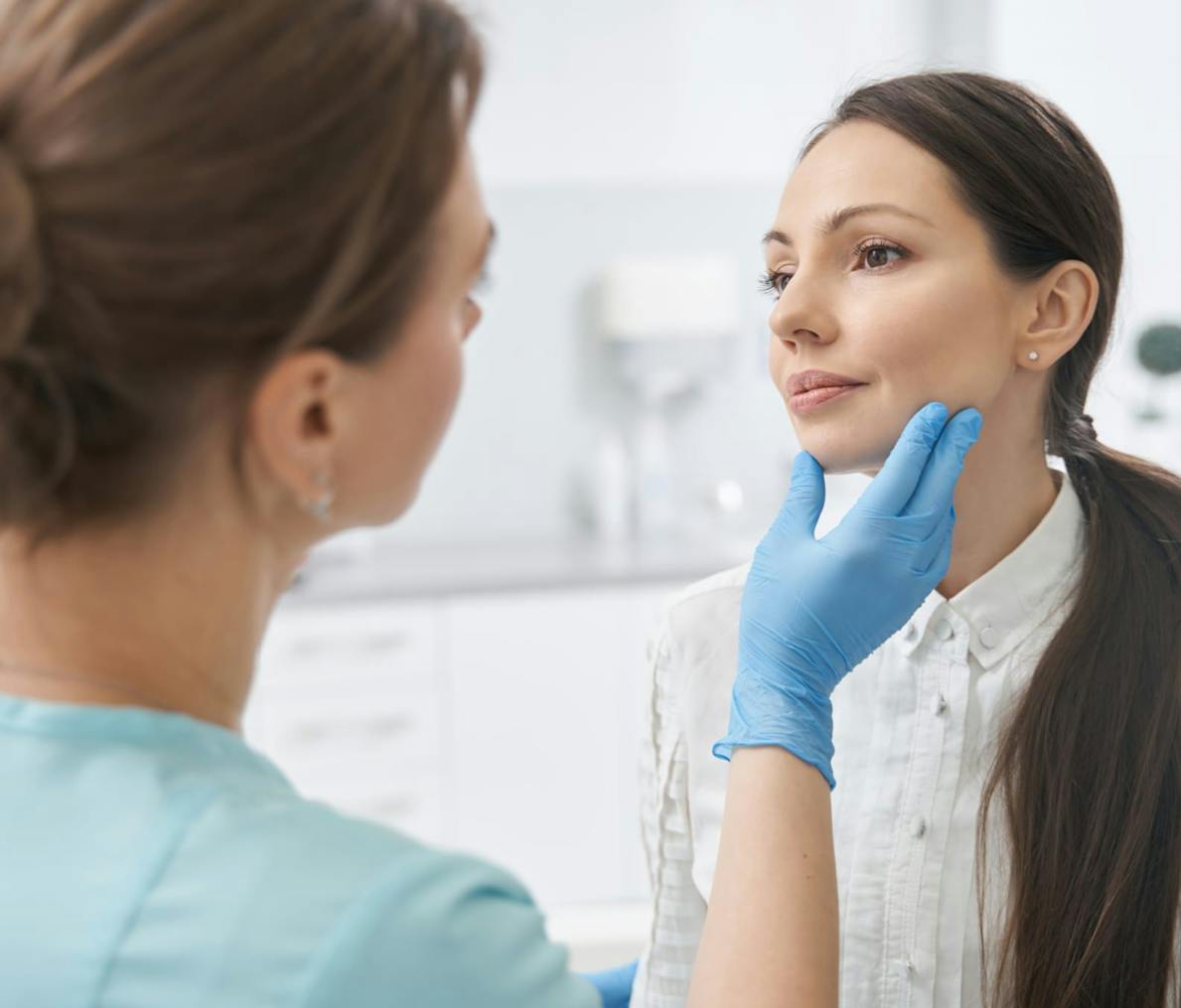Basal Cell Carcinoma (BCC) is the most common type of cancer, meaning it is also the most common type of skin cancer. We offer a number of solutions to basal cell carcinoma at Certified Dermatology.
Keeping Yourself Protected
The best protection against basal cell carcinoma is education! Wearing sunscreen, protecting your little ones, avoiding overuse of indoor tanning beds, and being as careful as possible when playing or working outdoors are some of the best defenses against basal cell carcinoma. Some other guidelines include:
- Apply a broad-spectrum sunscreen of SPF 30 or higher at least 20 to 30 minutes before you spend time in the sun.
- Re-apply your sunscreen every 60 to 90 minutes while enjoying the outdoors.
- Avoid the sun’s peak hours, between 10 am and 2 pm.
- Wear protective clothing.
- Carefully avoid sunburns.
- Avoid indoor tanning beds.
- Examine your skin once a month for new or changing spots.
- Visit Certified Dermatology for a yearly skin examination to ensure your skin is in good health.







